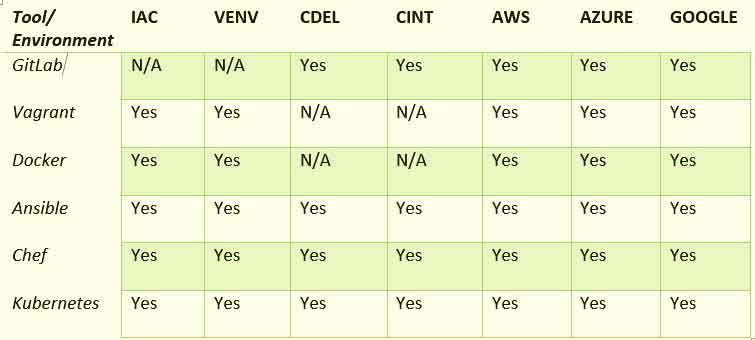Improving the Software Development Lifecycle (SDLC) from design through development and production is essential for better applications and even better team performance. DevOps is a software engineering practice to improve the SDLC process from design through the development process to production support that unifies Software Development (Dev) and Software Operations (Ops).
DevOps includes processes in software development, building, testing, releasing and monitoring, all performed to increase efficiency.

DevOps practices
A development practice which requires frequent merge of code to the main repository. Each merge is verified by an automated build, allowing teams to detect problems early. The main goal of continuous integration is to improve software quality by fixing the bugs and updating the software based on customer’s feedback, overall reducing time needed to release new software updates.
Setting up Continuous Integration & Deployment Automation employing Ansible
It is a software engineering approach to release all types of changes like new features, configuration changes, bug fixes very often to improve the end user experience in a safe and sustainable way.
It is a practice to manage the infrastructure (virtual machines, networks, tools used for development) as a single unit. One of the best examples of infrastructure management tool is Vagrant. By using this configuration file we can create the same environment to save time for both development and operations teams.
Communication and Collaboration
DevOps tools helps to improve communication and collaboration between development and Operations team.
Advantages
Speed
DevOps tools help speed up software development in various ways from development to release.
Reliability
Ensure consistency of qualified updates of an application and infrastructure changes, to always deliver product updates at a rapid pace.
Rapid Delivery
Continuous delivery and continuous integration practices help automate software release process from build to release. We can increase the frequency of releases to make updates and fix bugs, offering continuous improvement based on customer feedback.
Scalability
Manage infrastructure and development processes efficiently and at a lower risk.
Improve Collaboration
Remove inefficiencies arising out of disjoin development and operations. Developers and Operation teams collaborate closely to share their responsibilities while employing DevOps processes.
Many IT giants may require a complete overhauling, to allow for collaborative and integrated working.
Bureaucracy, and waterfall-style software development techniques are too common with legacy firms which might be resistant to such adoptions. However, according to a report “Global DevOps Tool Market is expected to grow at a CAGR of +14% during forecast period 2018-2023”.
6 common DevOps Tools
GitLab: A web-based Git-repository management tool and it provides services such as issue tracking, Continuous Integration and Continuous delivery features.
Vagrant: A development environment virtualization tool to improve the development process and maintain the Infrastructure through code.
Docker: A software platform to create, deploy, and run applications by using containers, which developers can use to pack an application with all needs for delivery.
Ansible: It is an open source automation tool that automates the software provisioning, configuration management, and application deployment.
Cheff: It is a powerful automation platform that transforms infrastructure as code, weather you’re operating in the cloud, on-premises, or in a hybrid environment
Kubernetes: It is an open source container-orchestration system to automate the deployment, scaling and management of containerized applications.
DevOps practices and cloud support for tools
Abbreviation for below table terms:
IAC: Infrastructure as Code CINT: Continuous Integration
VENV: Virtualize Environment CDEL: Continuous Delivery
PROF: Production Feasibility N/A: Not Applicable
AWS: Amazon Web Services GOOGLE: Google Cloud
Note: Here N/A means that tool directly doesn’t support the practice that has given above, but can be achieved the practice from the supported tools.
Responding to technological innovations and acting as the engine to enable businesses to move faster, technology has many changes in tow, and DevOps is the next incarnation of agile – a cost effective and efficient engine for delivery of application!
Next up, we will be taking a look at some of these DevOps tools which will benefit for various SDLC processes.


